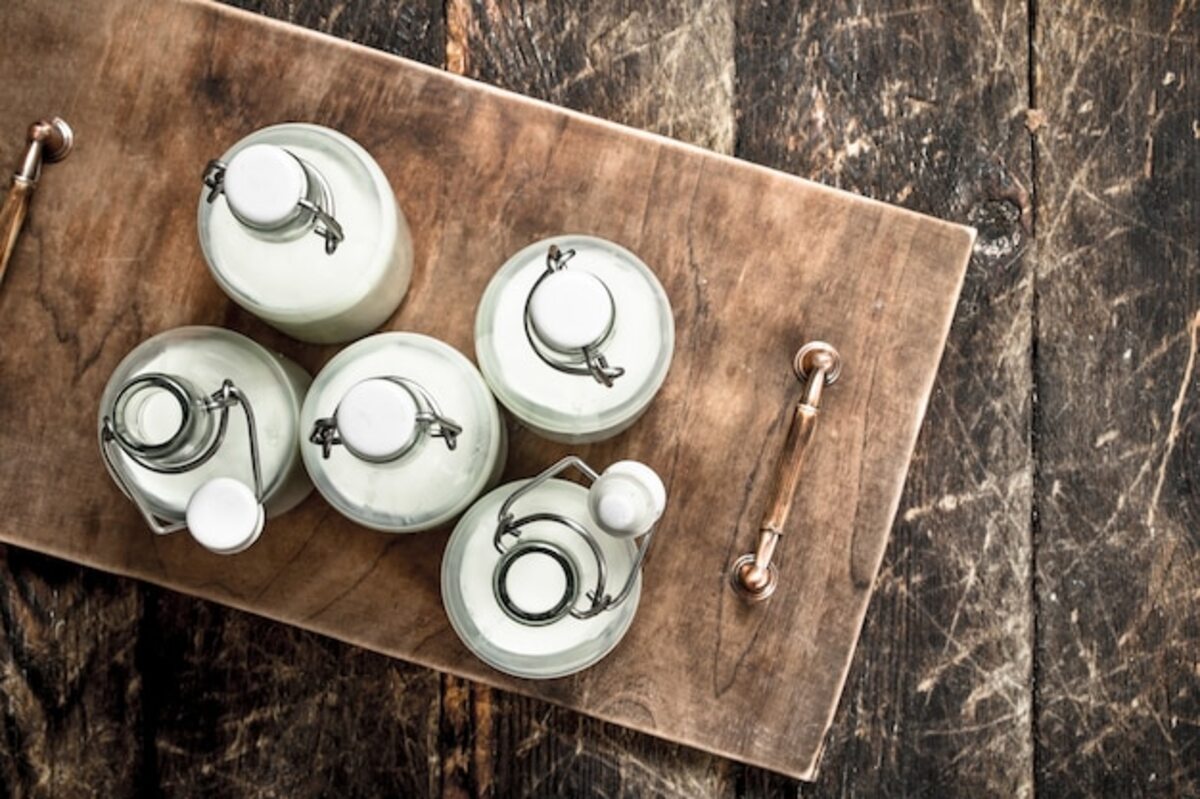Strategies for assessing quality when shopping for the home

Evaluating the quality of the products you buy for your home is essential to ensure that your investment is worthwhile. In this article, I will provide you with practical and effective strategies that will help you make smart decisions when acquiring items for your house. From prior research to analyzing warranties, each step matters in the purchasing process. Get ready to become a savvy shopper and ensure that every corner of your home reflects quality and durability.
1. The importance of researching brands and manufacturers
Researching brands and manufacturers is a crucial step in the quality evaluation process when buying household products. Not all brands are the same; some have a strong reputation built over time by offering durable and reliable items, while others may disappoint you with lower quality products. By taking the time to research, you can identify which brands align with your expectations and needs, as well as those that have received negative reviews for their lack of attention to quality. The opinions of other consumers, the awards received, and the company's history are fundamental factors that will help you make more informed decisions.
Additionally, knowing the manufacturer behind a product can give you a clear idea about their production processes and quality standards. Some manufacturers specialize in sustainable techniques or use eco-friendly materials, which could be significant if you value environmental respect in your purchases. Likewise, many manufacturers offer extensive warranties or flexible return policies, which is indicative of confidence in the durability and functionality of their products. By prioritizing research on brands and their practices, you will not only be investing in items that beautify your home but also in those that truly provide long-term value.
2. How to read labels and technical specifications
When evaluating the quality of a home product, reading labels and technical specifications becomes an essential tool. Labels often provide key information about the materials used, the country of origin, and certifications that guarantee safety and sustainability standards. For example, if you are buying furniture, look for labels that indicate the type of wood used or if they have been treated with non-toxic products. This way, you can ensure that what you acquire not only meets your aesthetic expectations but also adheres to health and environmental criteria.
In addition to the materials, it is crucial to pay attention to the technical specifications that accompany the products. These may include details about size, weight, and additional features that could influence the functionality of the item in your home. For example, when choosing appliances, it is important to consider their energy efficiency, capacity, and special functions they offer. By deciphering this technical information, you will be able to make more informed decisions and avoid unpleasant surprises after the purchase. Remember that each label is a guide; take the necessary time to understand it and thus maximize the quality of your home acquisitions.
3. Price comparison: is cheap always better?
When considering the purchase of household items, price comparison can be a determining factor in the final decision. However, it is essential to remember that cheap does not always mean a good deal. Often, the most economical products may be made with lower quality materials or lack features that ensure their durability and functionality. Therefore, it is crucial to analyze not only the price but also what each option includes: warranties, customer service, and the manufacturer's reputation are aspects that can make a difference in the long run.
Additionally, when evaluating prices, it's helpful to establish a balance between cost and value. Sometimes, investing a little more in a higher-quality item can result in significant savings in the future by avoiding constant replacements or repairs. When comparing different options, look for reviews and testimonials from other consumers who have experience with those products; this will give you a clearer perspective on whether it's worth paying a bit more for greater quality. Remember that a smart purchase is not just about the initial price, but the total value over time.
4. Evaluation of opinions and ratings from other consumers
When evaluating the quality of home products, it is crucial to pay attention to the opinions and ratings of other consumers. These testimonials are a valuable source of information that can provide you with a real perspective on the product's user experience. Reviews allow you to learn not only about the quality of the item but also its durability, ease of use, and any inconveniences that other buyers may have experienced. By reading different opinions, you can get a clearer idea of whether a product meets your specific expectations and needs.
It is also advisable to observe not only the overall rating of the product but also the number of reviews and their diversity. An item with thousands of positive reviews is more likely to be reliable compared to one with few ratings. Additionally, pay attention to the seller's responses to negative feedback; this can indicate the level of customer service and commitment to consumer satisfaction. Remember that each rating counts as an additional step in your purchasing process; in the end, this information will help you make informed decisions that ensure quality in every corner of your home.
5. Warranties and return policies: what you need to know
When evaluating the quality of household products, warranties and return policies are key aspects that should not be overlooked. Warranties provide valuable protection, as they ensure that the manufacturer stands behind their product against defects or issues that may arise within a specific period. When reviewing these conditions, look for details such as the duration of the warranty, what it specifically covers, and whether there are additional requirements to make it effective. A reliable manufacturer will offer a comprehensive warranty, which is an indicator of the confidence they have in the quality of their product.
On the other hand, return policies are equally important when making a purchase. A flexible policy will allow you to return or exchange a product if it does not meet your expectations or has defects. Be sure to read the terms related to returns carefully: is there a set deadline? Is the original receipt required? These questions will help you avoid unpleasant surprises after making your purchase. In summary, understanding both warranties and return policies is essential to ensure that your investment is protected and that you have options if something does not turn out as you expected.
6. Practical tests: how to verify the quality of the product?
To verify the quality of a product before purchasing it, conducting practical tests can be one of the most effective strategies. For example, if you are considering buying furniture, make sure to test the comfort and stability of the item. If possible, sit on chairs or lie down on sofas to feel how they adapt to your body. In the case of appliances, check their direct operation: turn them on and observe their performance. These physical interactions can provide you with valuable insight into the durability and functionality of the product that is not always reflected in descriptions or reviews.
In addition to physical tests, it is crucial to consider other factors that can indicate the quality of the product. Examine the materials used; for example, solid wood furniture tends to be more durable than those made with particleboard. Also, pay attention to the finishes and details: well-made seams in textiles or clean edges on utensils are signs of good quality. Don't hesitate to ask the seller about specific features or warranties; a manufacturer confident in their product will generally be willing to provide you with additional information that supports its quality. In this way, you can make more informed decisions based on your direct experience and the knowledge gained during your practical tests.
7. Identification of reliable seals and certifications
When evaluating the quality of household products, it is essential to pay attention to the seals and certifications that these items bear. These badges are a guarantee that the product has undergone rigorous quality testing and meets specific standards set by recognized entities. For example, an energy efficiency seal may indicate that an appliance not only saves energy but also reduces your electricity bill and has a lower environmental impact. Researching what each of these seals means and their relevance in your country will help you make more informed decisions.
Not all labels have the same validity or recognition, so it is essential to identify which ones are reliable. Look for certifications from accredited organizations, such as ISO (International Organization for Standardization) or ASTM International, as these ensure high levels of quality and safety. Additionally, some products may have specific labels according to their category, such as eco-friendly furniture or hypoallergenic textiles. By familiarizing yourself with these certifications, you will not only improve your skills as a buyer, but also contribute to creating a safer and more sustainable home.
8. Strategies for negotiating prices without sacrificing quality
When negotiating prices, it is essential to do so strategically to ensure that you not only get a good deal but also maintain the quality of the product. Before starting any negotiation, research the average price of the item you wish to purchase and familiarize yourself with its features. This will provide you with a solid foundation during the conversation and allow you to argue about the true value of the product. Additionally, do not hesitate to mention other options you have considered; this can incentivize the seller to offer you a better price to close the sale.
Another effective strategy is to establish a friendly relationship with the seller. A friendly approach can facilitate communication and open doors to special discounts or promotions that are not publicly advertised. Also, consider the possibility of buying together or purchasing multiple items at the same time, as many times sellers are willing to offer discounts for bulk purchases. Always keep your quality standards in mind; ultimately, the most important thing is to ensure that the product meets your expectations and needs, no matter how attractive the final price may be.



